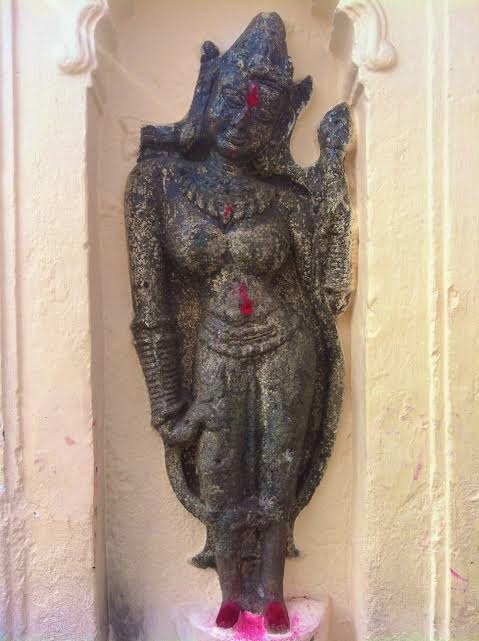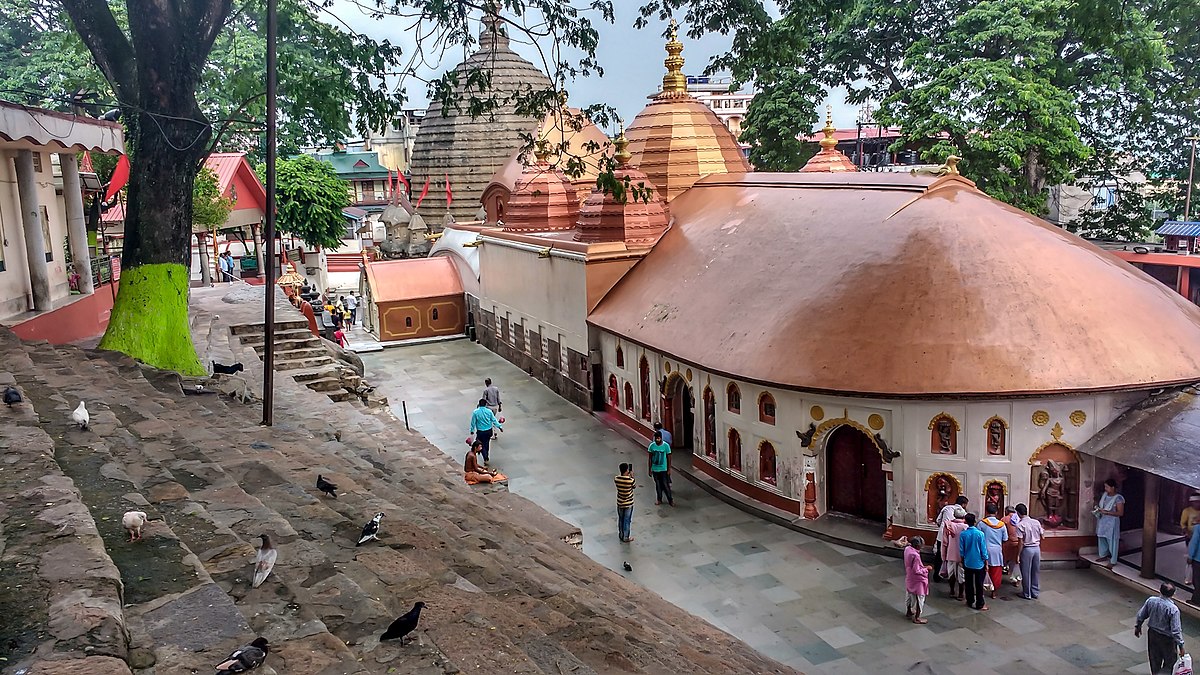The temples of India are a symbol of its extraordinary traditions and beliefs. Kamakhya temple is one of the oldest temples of India, and is the site of one of the 51 Shakti Peethas.

Shakti Peetha
Devi Bhagwat Puran mentions that Sati, the symbol of Shakti married Lord Shiva. When Sati’s father, Daksha insulted Lord Shiva she jumped into the fire and burnt herself. Lord Shiva was overcome with grief and performed ‘Tandava’ ( divine dance) out of anger with her body in his arms. On seeing this, Lord Vishnu used his Sudarshan Chakra to cut off the body of Sati into 51 parts. Consequently, parts of her body fell in different places. Her yoni (genital) fell in Guwahati, where the Kamakhya temple was constructed.
Kamakhya Temple Location

Kamakhya temple is located on the Nilachal Hill in the western part of Guwahati, Assam. It is one of the most important places of worship and pilgrimage for the Hindus.
The story of the bleeding Goddess
India is a country where menstruation is surrounded by numerous taboos and is considered as a symbol of impurity and dirt. In a country where women are forbidden to enter the temples during menstruation, the Kamakhya temple celebrates ‘Nari Shakti ‘ ( Power of women).
Kamakhya Devi is famous as the bleeding goddess. The womb and vagina of Shakti are present in the ‘ Garvagriha’ or the sanctum of the temple. It is said that during the month of ‘Ashaad’ or June, Devi Kamakhya menstruates, thus given the name bleeding Goddess. During this time, the river Brahmaputra near Kamakhya turns red. The temple remains closed for three days.
It is said that people travel from far and wide and visit the temple during this period to witness this extraordinary phenomenon. People offer white clothes to the priests and they dip it the holy water which is later on distributed among the devotees. This cloth is considered as a blessing of the Goddess. The most ironic fact is that people spend hours in queues outside the temple to gain the holy water of menstruation of Devi Kamakhya while on the other hand treat the women of their own house with disrespect during their menstruation and consider them impure.
The Myth and the Shakti
We don’t know for sure what actually turns the water red. Some even claim that the pandits and pujaris of the temple put ‘sindoor’ (vermilion) in the waters to make it appear red. However, the Kamakhya temple celebrates this biological process taking place in a woman’s body and her power to bring a new life on earth. It is a demonstration of the Shakti or the power which resides in every woman.
There is another story which also says that few men once tried to touch the yoni placed in ‘Garvagriha’. Miraculously, their hands got cut off immediately. This story probably symbolizes the fact that those who disrespect women have to bear the consequences of their actions.
